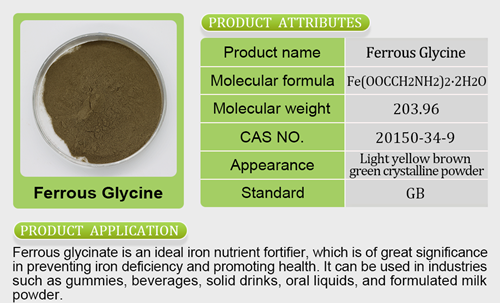Acacia gum shows promise in gluten-free bread
Finding a way to improve the texture of gluten-free bread is an ongoing challenge for bakers, with many gluten-free varieties suffering from a dry crumb structure and coarse texture. Gluten is the protein in wheat that helps give provide elasticity and give bread volume, and replacing it has proved difficult. Mintel’s global products database suggests that acacia gum is already common in baked goods, with 2771 products containing the ingredient.###Gums are widely used for improving the texture of gluten-free bread, and these textural improvements are thought to be at least partly behind the rapid increase in sales in the gluten-free category over the past ten years or so. Apart from acacia, other commonly used gums include xanthan, guanatural zinc supp lement for dogsr, locust bean and cellulose gum, sometimes in conjunction with otzinc bi
lement for dogsr, locust bean and cellulose gum, sometimes in conjunction with otzinc bi sglycinate chelate benefitsher ingredients like starches, oils, enzymes or skimmed milk powder.###Sourced in the African Sahel belt, acacia gum has been used in food since prehistoric times. Today, it is an emulsifier in products including confe3rd party tested zinc supplementctionery, icing, chewing gum and beverages — as well as in a wide range of non-food products, from fireworks and ceramics to stamps and watercolor paint. ###Suppliers say it has enormous potential as a clean label, organic, sustainably sourced ingredient that also provides income in developing countries. Add to that this latest research into its functional propert
sglycinate chelate benefitsher ingredients like starches, oils, enzymes or skimmed milk powder.###Sourced in the African Sahel belt, acacia gum has been used in food since prehistoric times. Today, it is an emulsifier in products including confe3rd party tested zinc supplementctionery, icing, chewing gum and beverages — as well as in a wide range of non-food products, from fireworks and ceramics to stamps and watercolor paint. ###Suppliers say it has enormous potential as a clean label, organic, sustainably sourced ingredient that also provides income in developing countries. Add to that this latest research into its functional propert ies, and it is a prom
ies, and it is a prom ising option for gluten-free bakers — although even suppliers acknowledge thatbest time to take zinc supplement there is no one ingredienas zinc gluconatet that can replicate the taste, texture and shelf life of ordinary, gluten-containing bread.
ising option for gluten-free bakers — although even suppliers acknowledge thatbest time to take zinc supplement there is no one ingredienas zinc gluconatet that can replicate the taste, texture and shelf life of ordinary, gluten-containing bread.